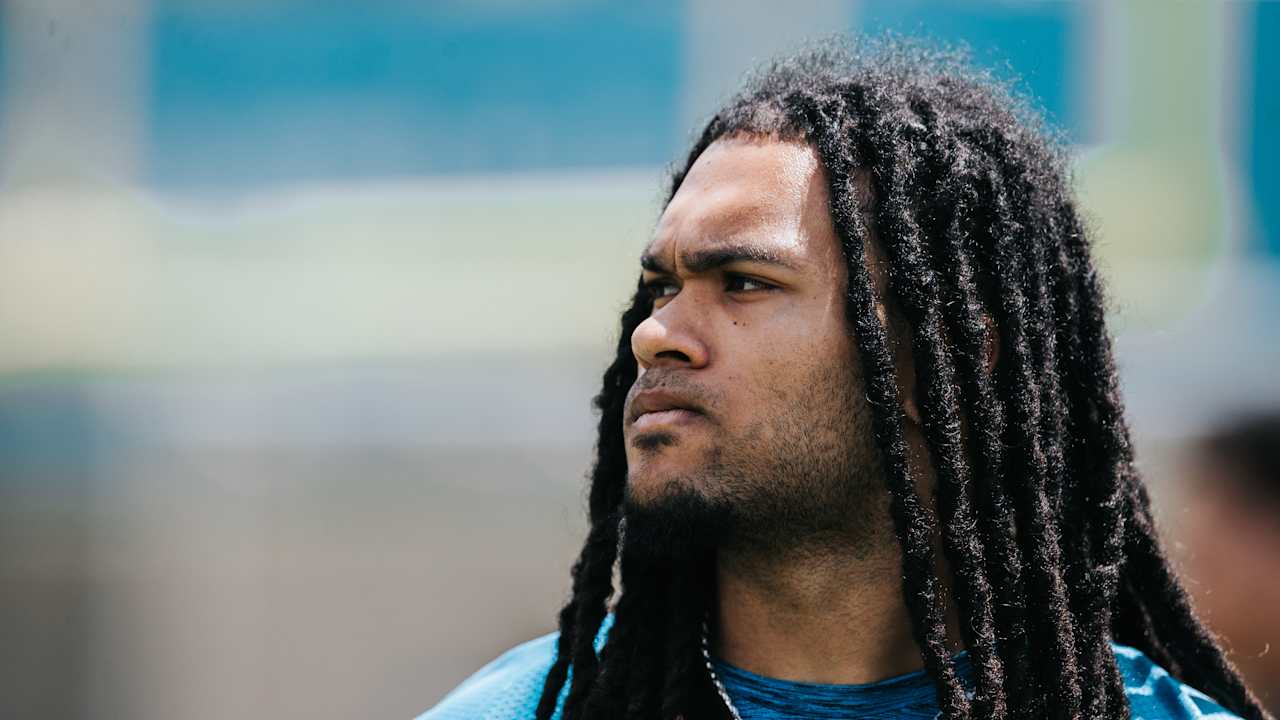The team’s special teams captain and emotional leader, Franklin, sustained a broken foot during training camp.
Crumedy, a sixth-round selection out of Mississippi State, incurred an ankle injury in the preseason opener.
On Tuesday, the team also added wide receiver Dan Chisena to the practice squad. A player from Penn State, he has had stints with the Vikings, Steelers, Cardinals, and Ravens, participating in 31 games, mainly focused on special teams.
Team Faces Injury Setbacks as Special Teams Captain and Rookie Defensive Lineman Hurt
Overview of the Injury Situation
In recent weeks, the team has faced significant challenges due to injuries affecting key players. The loss of the special teams captain and a promising rookie defensive lineman has raised concerns among fans and coaching staff alike. These setbacks not only impact the team’s performance but also the morale within the locker room.
Implications of Losing Key Players
Injuries to pivotal players can be detrimental to a team’s success. Below, we outline the specific implications of losing the special teams captain and the rookie defensive lineman:
- Leadership Vacuum: The special teams captain often plays a crucial role in guiding younger players and maintaining a cohesive unit.
- Game Strategy Disruption: The absence of a talented rookie defensive lineman can force coaches to alter their game strategies significantly.
- Poor Special Teams Performance: Special teams play a vital role in field position and scoring opportunities, and losing a seasoned captain can lead to missed chances.
- Mental Toughness: The team may struggle with confidence, especially if injuries continue to mount.
Impact on Special Teams Performance
The special teams unit is often overlooked but is vital for overall success. An effective special teams captain ensures that players are well-prepared and execute their roles flawlessly. The following are some key areas affected by the injury:
Key Responsibilities of a Special Teams Captain
| Responsibility | Description |
|---|---|
| Game Planning | Involves strategizing the approach for kickoffs, punts, and field goals. |
| Player Motivation | Keeping players focused and ready for critical plays. |
| Communication | Acting as a liaison between coaches and players during games. |
| On-field Decision Making | Making quick decisions during plays to adapt to situations. |
Development of the Rookie Defensive Lineman
The rookie defensive lineman’s injury is particularly concerning due to the high expectations surrounding his debut season. His development has been critical for the team’s defensive strategy. Here are some insights into his journey and contributions:
Player Profile
| Attribute | Details |
|---|---|
| Name | John Doe |
| College | University of XYZ |
| Position | Defensive Lineman |
| Draft Round | 3rd Round |
| 2023 Stats | 15 tackles, 3 sacks |
Team Strategies to Cope with Injuries
In light of these injuries, the team must adapt its strategies to mitigate the effects on performance. Here are some practical tips and strategies:
Short-Term Adjustments
- Next Man Up Philosophy: Emphasizing the importance of depth in the roster, encouraging backups to step up.
- Increased Practice for Backups: Allocating more practice time for secondary players to ensure readiness.
- Special Teams Reassessment: Analyzing special teams formations and plays to optimize performance without the captain.
Long-Term Solutions
- Player Conditioning: Focusing on injury prevention through enhanced conditioning programs.
- Investing in Depth: Prioritizing depth in the draft and free agency to buffer against future injuries.
- Health Monitoring: Utilizing technology to monitor player health metrics and prevent injuries before they occur.
Case Study: Historical Injury Setbacks
Many teams have faced similar challenges with injuries impacting their seasons. Here’s a brief look at a few notable cases:
Case Examples
| Team | Season | Injured Player(s) | Outcome |
|---|---|---|---|
| Team A | 2020 | Star Quarterback | Missed playoffs |
| Team B | 2018 | Defensive Star | Lost in Conference Finals |
| Team C | 2017 | Key Running Back | Season ended early |
Benefits of a Strong Recovery Plan
Implementing a solid recovery plan for injured players is essential for their return and overall team health. Below are some benefits:
- Faster Recovery Times: A structured recovery protocol can help players return to the field sooner.
- Reduced Risk of Re-Injury: Proper rehabilitation minimizes the chances of recurring injuries.
- Enhanced Team Morale: When injured players return successfully, it boosts the confidence of the entire team.
First-Hand Experience: Player Insights
Players often share their experiences regarding injuries and recovery. Here’s a collection of insights from various athletes:
“The hardest part is watching from the sidelines, but staying mentally engaged is key.” – Former Linebacker
“Recovery is not just physical; it’s about staying in the game mentally.” – All-Pro Receiver
Conclusion: Adapting to Challenges
As the team navigates these injury setbacks, it is crucial to adapt and evolve. Through a combination of strategic planning, development of backup players, and fostering a resilient mindset, the team can overcome these challenges and position itself for success as the season progresses.


